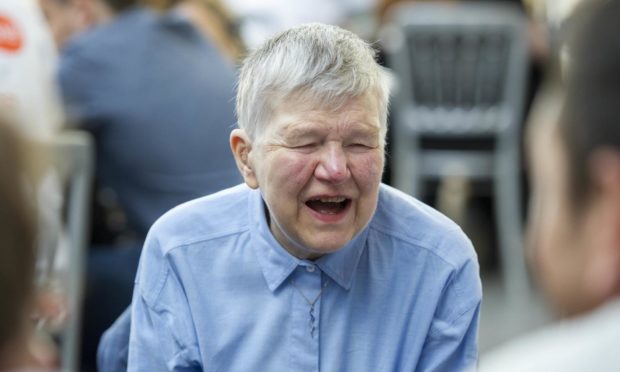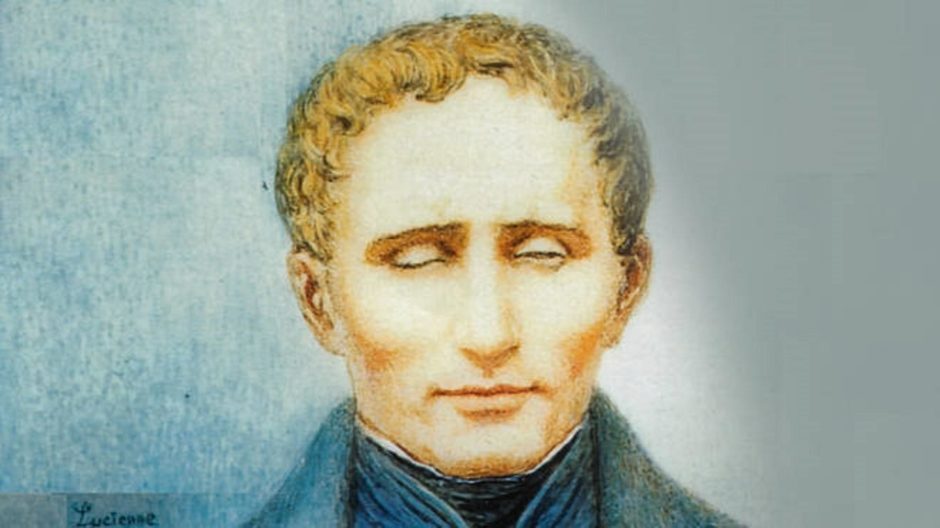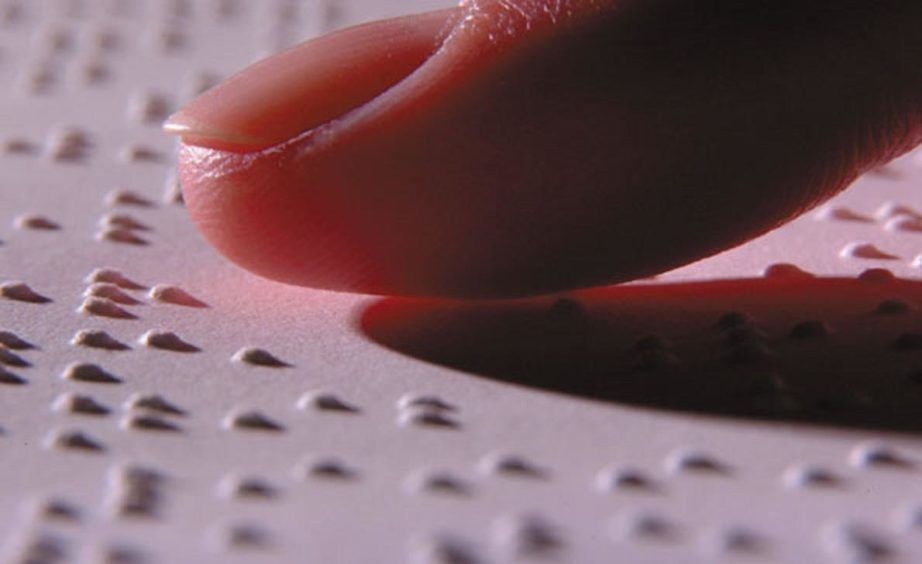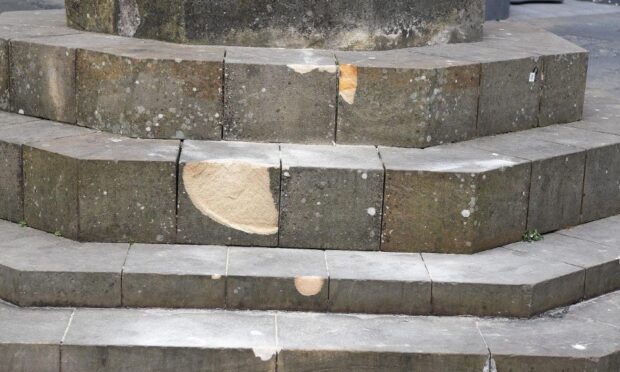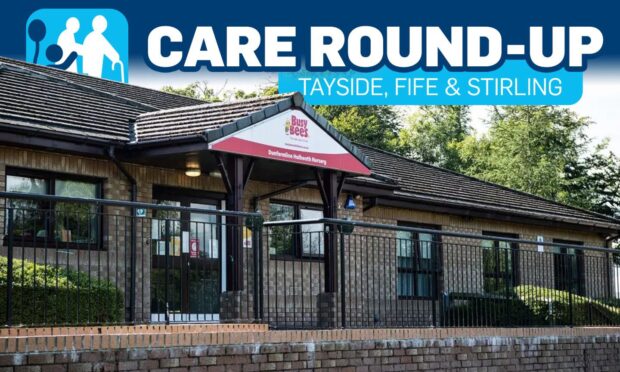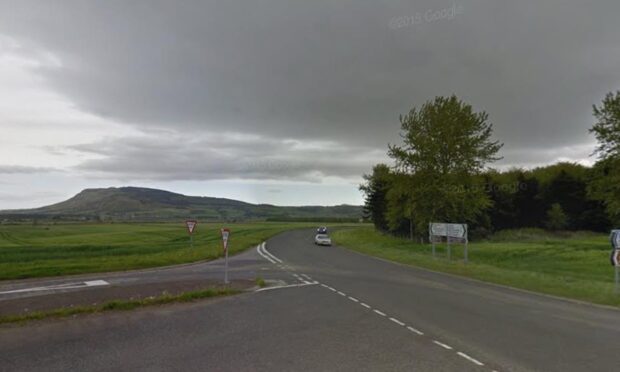Braille is as vital as ever, despite the invention of modern-day IT systems, says national sight loss charity RNIB Scotland.
The organisation provided braille copies of important coronavirus information last year, ensuring it is accessible to everyone.
RNIB Scotland convener Sandra Wilson insists the system of raised dots is still relevant.
Speaking on the anniversary of the birth of inventor Louis Braille earlier this month, Sandra, from Kirkcaldy, said 20,000 people in Britain still use it.
“Louis Braille enabled people with sight loss to actively engage with the world again,” she said.
“People with severe sight loss have two main options for accessing information – audio and braille.
“Braille, of course, has to be learnt tactilely by the user but there are major advantages in doing so.”
The invention of braille is often compared to the invention of the printing press for sighted people.”
Sandra Wilson, RNIB Scotland convener.
Sandra, who is blind and uses braille herself, said these include the ability to read a book and personal items such as bills and bank statements.
“Users can also write in braille,” she added.
Who was Louis Braille?
Braille was born to a poor family in a small town near Paris in 1809.
When he was four he accidentally pierced his eye with a tool while playing in his father’s workshop.
His other eye later became infected and he lost his sight altogether.
Louis was sent to one of the first blind schools in the world in Paris, where pupils were taught practical skills such as making cane chairs.
Once a week the boys were taken for a walk in the park, linked together by rope.
At school he learnt about a system originally designed to let soldiers pass instructions at night in silence.
It consisted of 12 raised dots what could be combined to represent different sounds.
The young Louis experimented with different combinations until he found an ideal system using six dots.
He worked on the scheme for several years and developed separate codes for maths and music.
Louis Braille became a teacher in the school where he had been a student but died from tuberculosis at the age of 43.
A century after his death, his body was moved to the Pantheon in Paris, home of France’s national heroes.
By then, the impact of braille was global.
The braille system is used on variations of six dots, arranged in two columns of three.
Beginners mainly start with braille that represents each letter as one “cell”.
But more experienced users read and write a shorthand form where groups of letters are combined into a single cell.
The benefits of braille
“The invention of braille is often compared to the invention of the printing press for sighted people,” says Sandra.
“For thousands across the world, braille means independence, knowledge and freedom.”
The RNIB has a library of more than 20,000 braille books available for free loan, the largest collection in Europe.
The library also has 14,000 braille music scores.
Not teaching a child with sight loss braille is equivalent to not teaching a child to read or write.”
Sandra Wilson.
Sandra says: “We want to ensure that everyone has the opportunity to learn braille and that more everyday information is transcribed and made available in braille.
“There was a lack of coronavirus information in accessible formats after the last lockdown this year.
“We have since provided braille copies, including the First Minister’s new letter.
“People with sight loss can contact RNIB Scotland for these materials.”
Despite modern IT systems, Sandra uses braille every day.
“There are still many commonplace tasks where braille is a far more enabling medium,” she said.
“I can get through a pile of meeting papers faster in audio but I like braille if I really want to study a document.
“People argue that we don’t need braille today and it’s worrying that it is either not being taught or being taught scrappily in so many schools.
“Braille gives independence and control of your information.
“Braille has always been important to me and I really hope more people will learn it.
“Not teaching a child with sight loss braille is equivalent to not teaching a child to read or write.”
